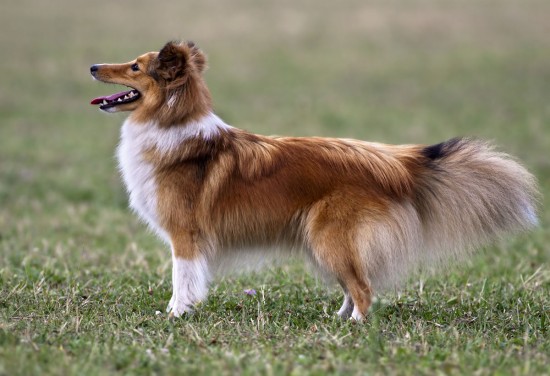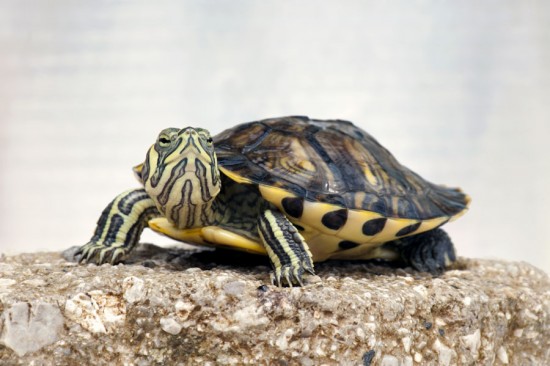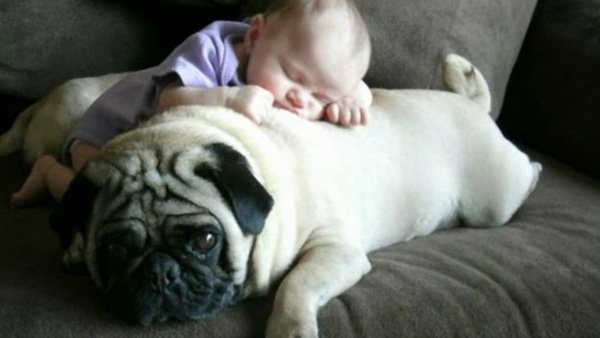
Nowadays, swans are commonly seen in ponds, lakes, parks and farms. Because of their magnificent beauty, they are often used as an ornament in enhancing a pond or lake's beauty especially if it is man-made. People also usually rear swans for their garden ponds and farms. For these reasons, many individuals have been attracted in making this type of waterfowl as their source of income. In plans of breeding swans, it is important to be familiar first about the swans mating process so you can effectively assist them in breeding. The following are the steps on how swans mate:
1. First, it will look for its partner. This is known as courtship and it is the first part of swans mating process. The process starts while the swans are still cygnets. The cygnets will join a flock and they will start looking for a mate. They are generally monogamous; once they have settled for a partner, it will be permanent for their entire lifetime. However, swans sometimes cheat and may settle for another partner but it rarely happens.
2. At the time of swans mating season, it will attract their opposite sex by making twists and few stretches in their long neck, while intermittently dipping their heads into the water. This is the indication that they are about to mate.
3. After looking for a partner, the swans will now make a nest. They normally make their own nest, but they sometimes use old nests from other animals. If you are directed in breeding swans, it is recommendable to make a sturdy nest for them to ensure an added protection on their eggs. Try to build a nest for them and place it along the shoreline of your pond. Eventually, the swans will find this nest.
4. When they have settled their nest, they will now start mating. Swans mating process happen as the male swan fertilizes the eggs of the female ones. When fertilization is complete, the female swan will lay the eggs on the nest. She will keep it warm for 37 days before the eggs fully hatch.
Familiarizing yourself in swans mating process is beneficial in breeding them successfully. You can assist your swan during mating season by providing them with a sturdy nest in a safe place so the eggs will be protected. Above all, do not ever interrupt in the mating process of your swans so they can successfully bring you with cygnets in the future.
Are you searching for more tips on raising swans? Are you confused and have a lot of questions to ask? Learn more about raising swans and find out more tips on keeping swans and what do swans eat at: www.howtoraiseswans.com
 What are the Benefits of Getting Dog Kennels and Grooming Services?
What are the Benefits of Getting Dog Kennels and Grooming
What are the Benefits of Getting Dog Kennels and Grooming Services?
What are the Benefits of Getting Dog Kennels and Grooming
 Health Testing For Dogs - Investing In The Heath Of Pedigree Dog Breeds
Health Testing Fo
Health Testing For Dogs - Investing In The Heath Of Pedigree Dog Breeds
Health Testing Fo
 Dangerous Food For Your Cat
Dangerous Food Fo
Dangerous Food For Your Cat
Dangerous Food Fo
 Your First Terrapin
Your First Terrap
Your First Terrapin
Your First Terrap
 Chicken Coop Known To Be the Luxury Home for a Chicken
Chicken Coop Known To Be the Luxury Home for a Chicken
Chicken Coop Known To Be the Luxury Home for a Chicken
Chicken Coop Known To Be the Luxury Home for a Chicken
Copyright © 2005-2016 Pet Information All Rights Reserved
Contact us: www162date@outlook.com